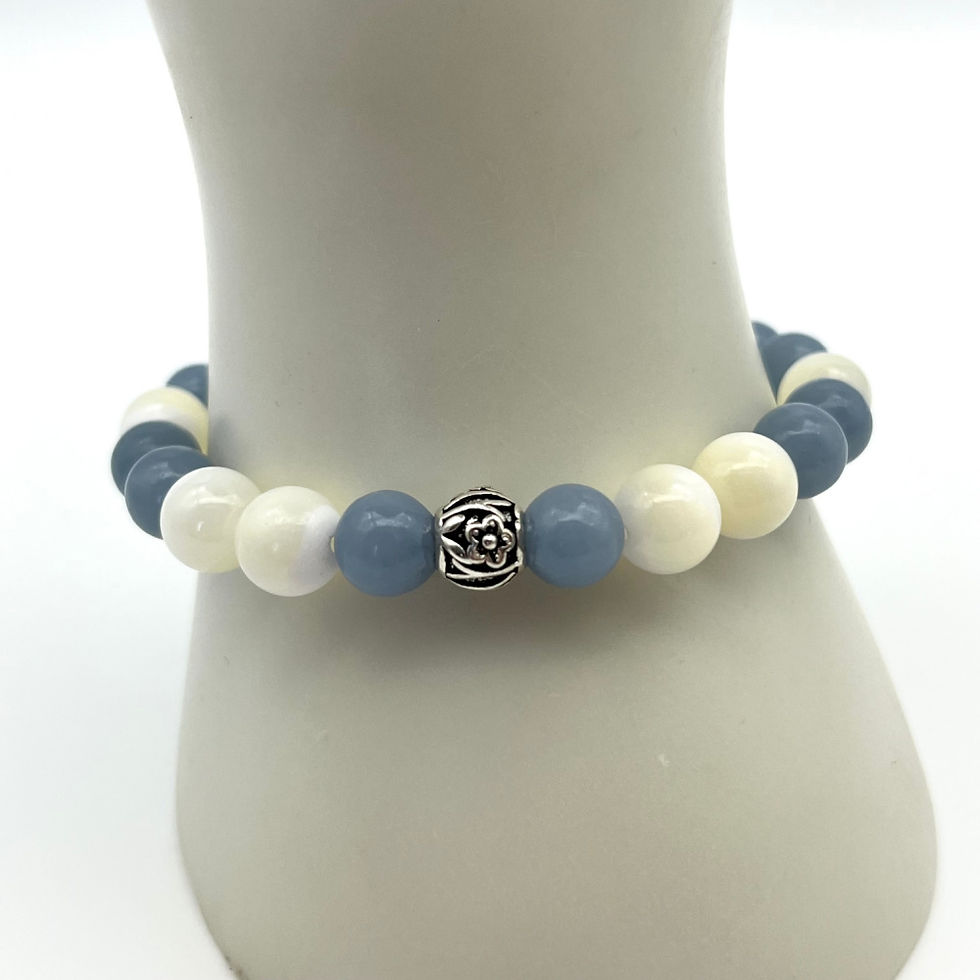collaborative post
Unlike many aspects of wedding planning, the ambience of the big day can feel rather difficult to control at first consideration. After all, the whole concept of an ambience is difficult to define; it’s more of a theoretical idea than something that can be planned for and managed.
However, ambiences grow from underlying, practical elements; elements that ensure guests know what to expect, and are able to set the tone for the day. While it’s true that you can’t specifically, definitively decide the kind of feel you want your wedding to have, and then go through a check-list to achieve it, there are three particular areas that will be important in this regard…
The music
If there is one element of a wedding that sets the tone more than anything else, it’s the music. Whether it’s the music you walk down the aisle to or the songs to encourage guests to dance during the evening reception, the music you choose will have a significant contribution to the overall tone and feel of your day. As a result, keep this in mind when you’re selecting performers and deciding the type of music you want; you can go here to explore all the different options in-depth, and then decide what might work best for your preferences and priorities.
The season
One of the major contributors to the ambience of a wedding is how your guests will be feeling on the day, which may be one of the reasons summer weddings have become so popular. Summer is often seen as the happiest time of year, so weddings in this popular season can help to create a lighthearted, whimsical ambience with everyone in good cheer.
However, that’s not to say that the other seasons don’t contribute to the ambience in a positive way; spring, autumn, and winter just create different ambiences. Winter weddings, for example, can have a touch of magic and whimsy – especially if they are close to Christmas, – spring weddings can be hopeful, and autumn weddings can lead to an ambience that is cosy. So whichever season you choose for your wedding, keep in mind how this might contribute to your guests’ moods, and thus the ambience of the entire day.

The colour scheme
Wedding colour schemes are often seen as merely decorative, but somewhat surprisingly, they can also influence ambience – albeit in a subtler way than the points we have discussed thus far. Think, for example, of a wedding with a bright, bold, primary-colour centric scheme; it would be reasonable for such colours to create a similar, vibrant energy throughout the day. In contrast, muted tones or romantic colours – such as pink, burgundy, or white – can help to contribute to a calmer, almost sweeter ambience, while classic muted tones could signify elegance and sophistication. By keeping in mind the emotional impact of different colours when choosing your own colour scheme, you will be making a significant contribution to the ambience your wedding will enjoy.
In conclusion
Hopefully, the above will allow you to consider the elements that will contribute the most to the ambience of your big day, and allow you to keep this in mind during the practical planning process.








.png)





































